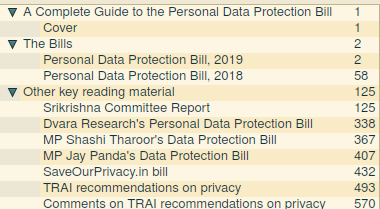
- #PYTHON PANDA CDF FILES HOW TO#
- #PYTHON PANDA CDF FILES FULL#
- #PYTHON PANDA CDF FILES SOFTWARE#
- #PYTHON PANDA CDF FILES CODE#
csv form, rather than reading directly from the query into your notebook. Also, when you first start practicing SQL, you may feel more comfortable downloading your output in.

csv will take up much less space than as an Excel workbook (.xlsx). That’s because if someone else pulled a large amount of data for you and saved it for later use in Excel, saving it as a. We will go through 4 common file formats for business data: CSV, SQL queries, Excel, and text. After Python reads the file, it will save the data as a DataFrame which you can then manipulate in your notebook.

If you are reading data from a flat file, put it in the same folder as your Jupyter notebook, so that you won’t have to create complicated paths to the file. Now that you have imported pandas, you can use it to read data files into your Jupyter notebook. This post explains why, but reader beware – it’s long! Read and write files into Jupyter Notebooks If you can use pandas and numpy to simplify your data enough for creating a quick chart in Excel, you will already save a lot of time. For simplicity, just understand for now that they exist, but we won’t prioritize them yet.
#PYTHON PANDA CDF FILES HOW TO#
They’re extremely useful, but you’ll need to learn how to write the code. Matplotlib and Seaborn allow you to create charts in Python. Matplotlib and seaborn are second-priority for now. With the # sign, Python knows to ignore that particular line when running your code.
#PYTHON PANDA CDF FILES CODE#
This is useful when you need to explain your code to someone else. When you put a # (hash) sign in front of anything you type in your Python editor, it will become a comment. Why are there hash (#) signs in front of some of the text?

#PYTHON PANDA CDF FILES FULL#
You can find a full list of Python reserved keywords here. That means, Python uses these words for a specific purpose, so you cannot use them as names for any values that you create in order to manipulate (called variables). This is the notebook’s way of telling you that these are Python reserved words. You might be wondering why the words “import” and “as” become green when you type them. Again, “pd” is a standard short form to name pandas when you import it. These two structures enable you to navigate and manipulate your data. As mentioned in the intro post to this series, it stores data as DataFrames and Series. Pandas is also open-source, and stands for “Python Data Analysis Library”. You can technically name numpy anything you want, but it’s standard to use “np” as above. Because of numpy, you can make calculations on columns of data, without writing a program to loop through every value in that column.

Numpy is an open-source (free) Python library, which supports scientific computing. First cell of code to import Python libraries for data analysis What are numpy and pandas? For your needs, the two most important ones are numpy and pandas.
#PYTHON PANDA CDF FILES SOFTWARE#
These are pre-written software packages that have specific purposes. Firstly, you’ll need to import the necessary Python libraries, before you can read or write any files. Your Jupyter notebook will contain cells, where you can type small pieces of code. First things first: Essential Python libraries Furthermore, it tells you about the Python libraries you need for analyzing data. To this purpose, this post discusses how to read and write files into and out of your Jupyter Notebooks. Now that you’ve set up your Jupyter notebook, you can start getting data into it.


 0 kommentar(er)
0 kommentar(er)
